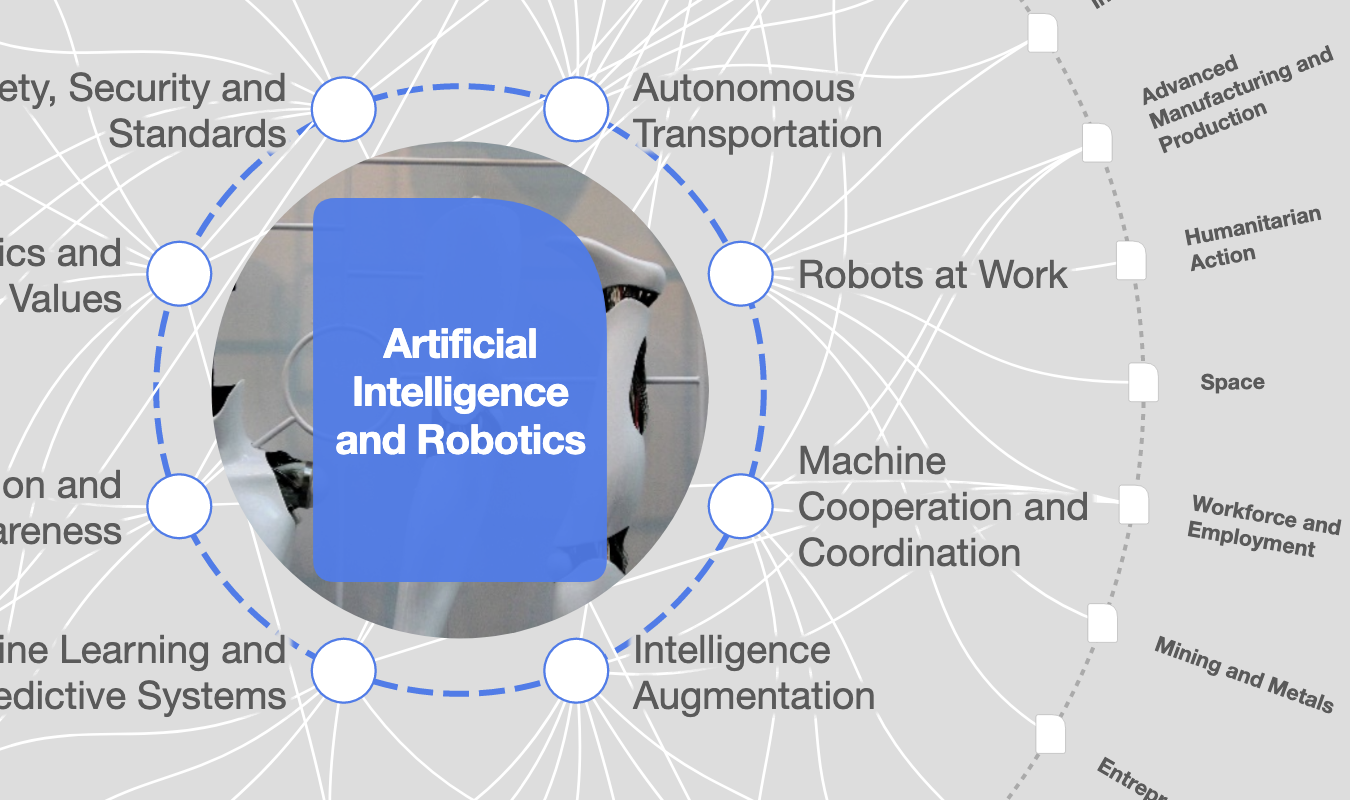Designing more inclusive AI starts with the right data architecture

Inclusive AI must cross language and cultural barriers around the world. Image: Photo by NASA on Unsplash
- AI must be built on inclusive, representative data — and that starts with access.
- Modernizing data infrastructure is essential for scaling AI responsibly and securely.
- Inclusive AI requires collaboration, governance and a long-term commitment to ethical design.
As artificial intelligence (AI) reshapes the global economy, one truth is becoming increasingly clear: AI is only as powerful, fair and insightful as the data it learns from. Today, that data tells an incomplete story. In a world where nearly 2.6 billion people remain offline, the datasets underpinning AI systems don’t yet reflect the full diversity of human experience.
Take language. There are over 7,000 languages spoken in the world, yet most AI chatbots are trained on around 100 of them. English, spoken by less than 20% of the world’s population, dominates nearly two-thirds of all web content and remains the primary driver of large language models (LLMs), according to the Center for Democracy & Technology. This isn’t just a matter of inclusion; it's a data problem. With uneven levels of digitization, many underrepresented languages lack structured digital content, making it difficult for AI systems to learn from them.
This data problem is more than a technical oversight — it’s a societal risk. Without intentional design, AI will continue to exclude large segments of the world, reinforcing existing inequalities and missing out on the rich perspectives of underrepresented communities.
Closing this gap requires a fundamental shift in how we build AI. It means developing diverse tools and models tailored to different linguistic ecosystems. Regionally trained LLMs, like Jais, and open-source models, like Falcon, are promising examples of how to reflect the contextual nuances of non-English speaking populations and bring cultural relevance into the heart of AI design.
How is the World Economic Forum creating guardrails for Artificial Intelligence?
Connectivity is only the starting line
Inclusive AI begins with access. Nearly one-third of the global population still lacks reliable internet access, making those communities invisible to the algorithms driving our economies. While global connectivity has reached 68%, 5.5 billion people are online and 5G coverage now reaches 51% of the world population, the gaps remain deep. In low-income countries, 5G penetration is still just 4%.
To help close this gap, e& has committed over $6 billion to expanding affordable network access across 16 countries in the Middle East, Africa and Asia by 2026. But inclusion doesn’t end with connection. As outlined in our recent joint study with IBM — MENA’s AI advantage: Opportunity to leap ahead and lead — developing robust data infrastructure is the critical next step to ensure that those who come online are seen, heard and represented in AI systems.
From fragmentation to federated models
The MENA region is at a turning point. Governments have launched ambitious AI strategies, invested in infrastructure and nurtured innovation ecosystems. AI adoption is accelerating, but trust in digital infrastructure is faltering. Confidence among MENA CEOs has dropped from 82% to 64% in one year.

This signals a pressing need to move from siloed legacy systems to scalable, AI-ready data architectures. Federated data models, for example, offer a path forward, allowing organizations to share insights across borders without compromising privacy or ownership. Success for these models demands intentional design. Interoperability, cultural considerations and compliance with diverse local regulations must be built into the architecture from the start.
Trust is designed not assumed
Our study also found that data privacy (48%) and regulatory compliance (43%) are the top barriers to GenAI adoption for MENA CEOs. These are not abstract concerns. As AI becomes more embedded in public services, finance, healthcare and education, trust is everything. Fragmented regulations, outdated governance structures and escalating cybersecurity threats can slow progress and erode public confidence.
That’s why responsible AI must be coded into systems from day one, not added later as an afterthought. The ability to control, protect and ethically govern national data assets is now a strategic imperative. Adaptive governance frameworks, real-time monitoring and auditing and workforce training are critical. And, in some cases, countries may pursue greater digital sovereignty to ensure local control over critical data infrastructure, AI models and decision-making processes that align with national values, regulations and long-term strategic interests.
Whether through sovereign models, regional partnerships or adaptive governance, the goal is the same: AI systems that are trustworthy, ethical and inclusive by design.
The power of strategic public-private partnerships
No single actor can build inclusive AI alone. Meaningful progress in AI inclusion will only come from collaborative ecosystems and public-private partnerships are essential to scaling responsible innovation. Our partnership with the World Economic Forum’s EDISON Alliance has allowed us to scale impact quickly. e& alone has empowered over 30 million people through enhanced connectivity and digital financial tools, exceeding our impact pledge one year ahead of schedule.
By bringing people online and empowering them to participate in the digital economy, we are, by extension, ensuring their inclusion in the datasets and systems shaping our future. Because when people are connected, counted and contextually represented, the AI systems that follow become inherently more equitable and effective.
Investing in data foundations is non-negotiable
Modernizing data architecture is now a higher priority for MENA CEOs than even GenAI itself. That’s because AI is only as powerful as the data it can access. Poor-quality, fragmented, incomplete or biased data doesn’t just lead to flawed insights and unreliable automation, it widens inequality and increases risk.
The region’s CEOs recognize the urgency. Roughly 46% of MENA leaders cite data architecture modernization (like data fabric and data mesh) as a critical enabler over the next three years. But investment isn’t enough. Organizations must embed data strategy into daily workflows, build cross-functional collaboration and nurture cultures that value transparency and accountability.
According to PwC, a unified enterprise-wide data strategy, underpinned by governance, is key to unlocking AI at scale. It also provides the flexibility to adapt to emerging compliance standards across different jurisdictions.
Inclusive AI must be intentional
The future will be defined by those who invest early — and wisely— in the foundations of inclusive technology. That means designing systems that serve not just the connected but also actively include those still on the margins. Nearly 2.6 billion people are still offline — their voices unheard, their experiences unseen and their perspectives missing from the data shaping tomorrow’s technologies.
As we look to the future, we all share a responsibility to ask not just how we can adopt AI, but also: whose reality does our AI reflect?
If we want AI to truly serve all humanity, we must be deliberate in how we build it and explicitly code inclusivity into its core system from the start.
Don't miss any update on this topic
Create a free account and access your personalized content collection with our latest publications and analyses.
License and Republishing
World Economic Forum articles may be republished in accordance with the Creative Commons Attribution-NonCommercial-NoDerivatives 4.0 International Public License, and in accordance with our Terms of Use.
The views expressed in this article are those of the author alone and not the World Economic Forum.
Stay up to date:
Artificial Intelligence
Forum Stories newsletter
Bringing you weekly curated insights and analysis on the global issues that matter.
More on Emerging TechnologiesSee all
Agustina Callegari and Daegan Kingery
December 8, 2025






